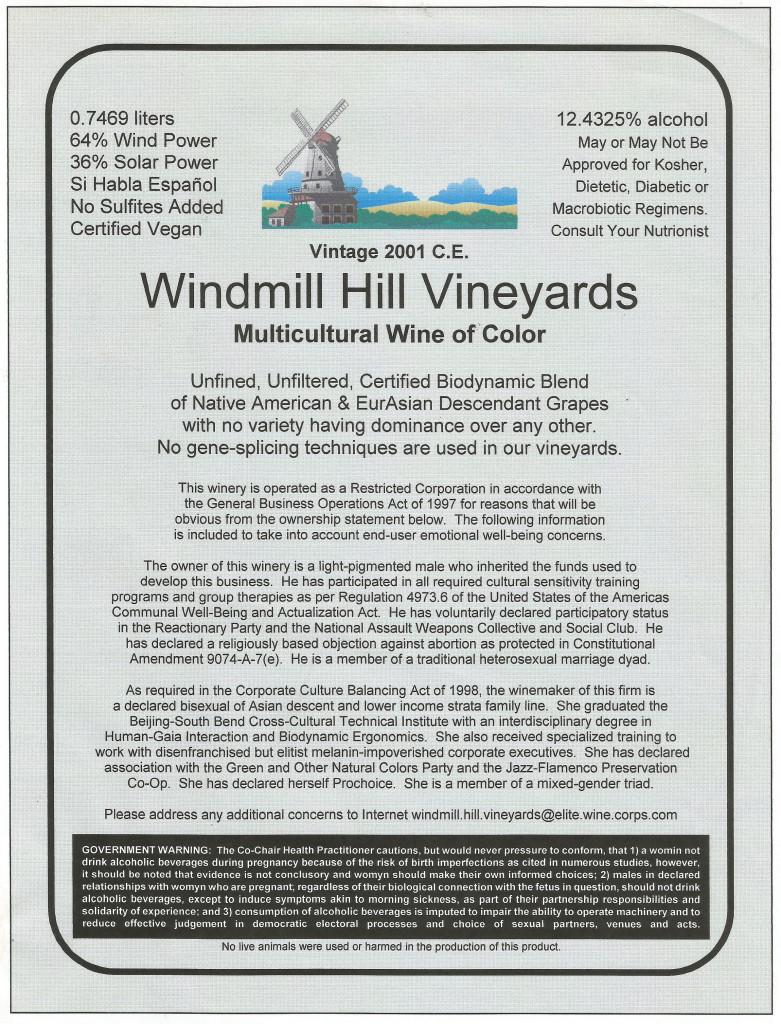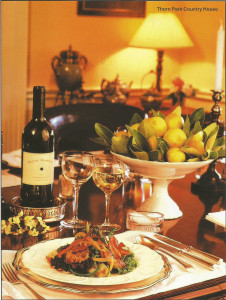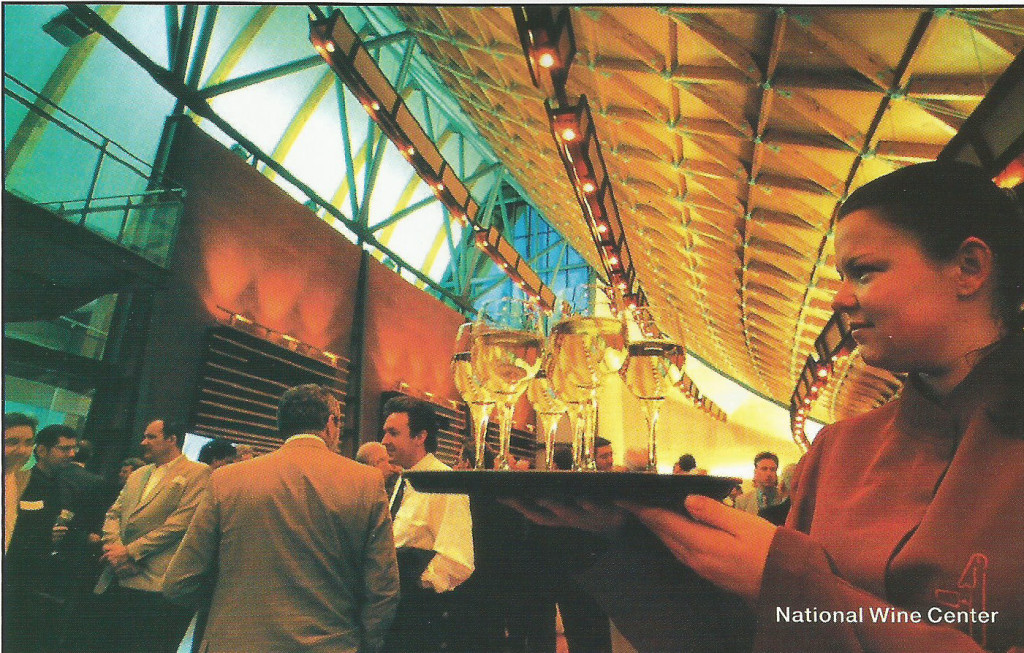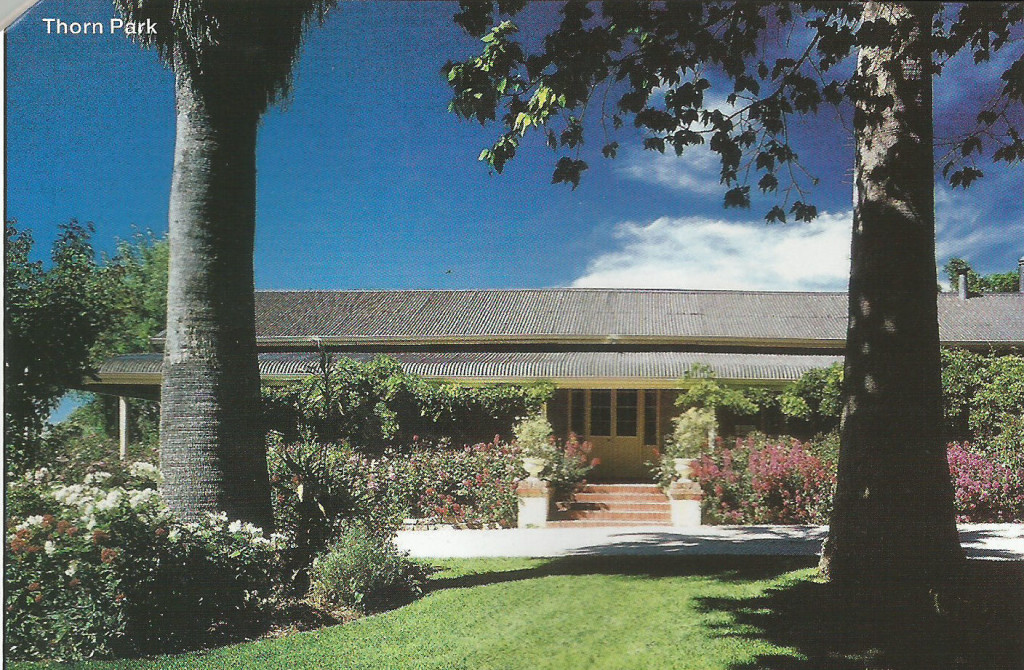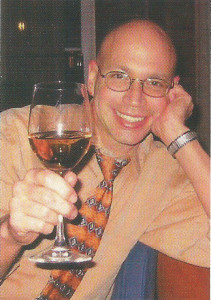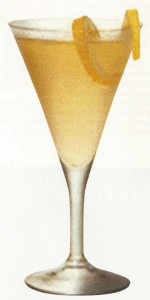Blue, Blue, My World is Blue
June 2004
They fight aging, cancer, Alzheimer’s, and Parkinson’s, they fight bad cholesterol, infection, cure the common cough, prevent blindness (and improve night vision) and strokes, improve your motor skills, and improve your memory. In fact, if I’m reading the USDA’s study correctly, they apparently helped laboratory mice remember just where they left their car keys. Bears will travel fifteen miles on an empty stomach just to find them.
You can eat them. They have vitamins, fiber, and free-radical antioxidants. They are not, however, a cure-all, I found no listings for eliminating hang-nails, regrowing hair, or making your teeth whiter. They are low in carbohydrates, and approved, I believe, by all appropriate low-carb diet plans – since all of us are on one of those these days. They are, by the way, blue.
Blueberries in fact.
There are entire websites devoted to them. “Googling” on the health benefits of blueberries yields up a serving of over 26,000 websites. Blueberries all by their lonesome manage nearly half a million sites. According to these various sites, blueberries are the oldest known plant still living, with evidence of their existence from over 13,000 years ago! They are one of the few native foods indigenous to North America, or so these websites proclaim. In fact, they are so All-American that when they first appear on their bush, they are white, then turn red, and finally blue!
E-Bay, as of today, has 1145 blueberry related items for sale (well, okay, a few of those are Macintosh computers in blueberry color, but…)
The Maine Wild Blueberry Association is sponsoring research into Blueberry Burgers.
They come in lowbush and highbush varieties, they are known by aliases such as Bilberries, Whortleberries, and Hurtleberries. They are not, however, and this is emphasized in many places, the same thing as Huckleberries. Confusing the two is apparently a major Berry Faux-Pas. They are the state berry of the state of Maine. And, for nearly two centuries, there has been a special tool, the Blueberry Rake, dedicated to their harvest.
Next month, July, will be the fifth annual National Blueberry Month. Really and truly.
In preparation for the festivities, my team and I set out to provide you with all the tools you need to make sure you can have the best of the summer blueberry soirees.
Blueberry Cornmeal Muffins
Let’s face it, most of us only eat blueberries in muffins, so we had to start there. These are not your average, day-to-day, blueberry muffins. These will bring tears to your eyes. And your car keys will magically appear in your hand immediately after consuming one.
3 cups all-purpose flour
3 cups cornmeal
1 tablespoon baking powder
1½ teaspoons baking soda
1 tablespoon salt
3 large eggs, beaten
3 cups milk
1 cup brown sugar
½ cup molasses
1 cup melted shortening or butter
1 cup blueberries (fresh or frozen)
Take about a tablespoon of the flour and toss the blueberries in them to lightly coat, this will help prevent them all sinking to the bottom of your muffins as they bake. Sift together the dry ingredients, and in a separate bowl, combine the wet ones. Combine the wet and dry ingredients, and then stir in the blueberries. Grease a muffin tin and divide the muffin mixture evenly. Bake at 400F for 25 minutes. Makes 12 large muffins.
Savory Blueberry Sauce
Anyone can open a can of sweetened blueberry sauce to pour over cheesecake, onto blintzes, or just to eat with a big spoon. We wanted a sauce that could be used for savory dishes – a delicious fruit sauce for meats – game, ham, turkey, use your imagination!
2 tablespoons chopped shallots or onions
2 tablespoons butter
2 tablespoons flour
½ teaspoon dried thyme
¼ teaspoon dried rosemary
½ cup dry red wine
½ cup water
1 pint of fresh blueberries
Saute shallots in butter in small saucepan. Add flour, thyme and rosemary, cook and stir until the mixture bubbles and thickens. Add wine and water and stir in the blueberries. Cook and stir until mixture comes to a boil, reduce the heat and simmer for 2 minutes until it thickens.
Makes 2 cups.
Our last task was to set out to explore the world of Blueberry Spirits. Nothing you might worship, light incense for, or perform any particular rituals on behalf of. Wine and liqueur. There is a thriving industry in the production of Blueberry Wine, and a fair amount in world of sweet cordials. They are not always easy to find unless you live in a Blueberry-centric part of the world, but we managed to scrounge up a few to taste and review.
I started writing food & wine columns for the Outlet Radio Network, an online radio station in December 2003. They went out of business in June 2005.
